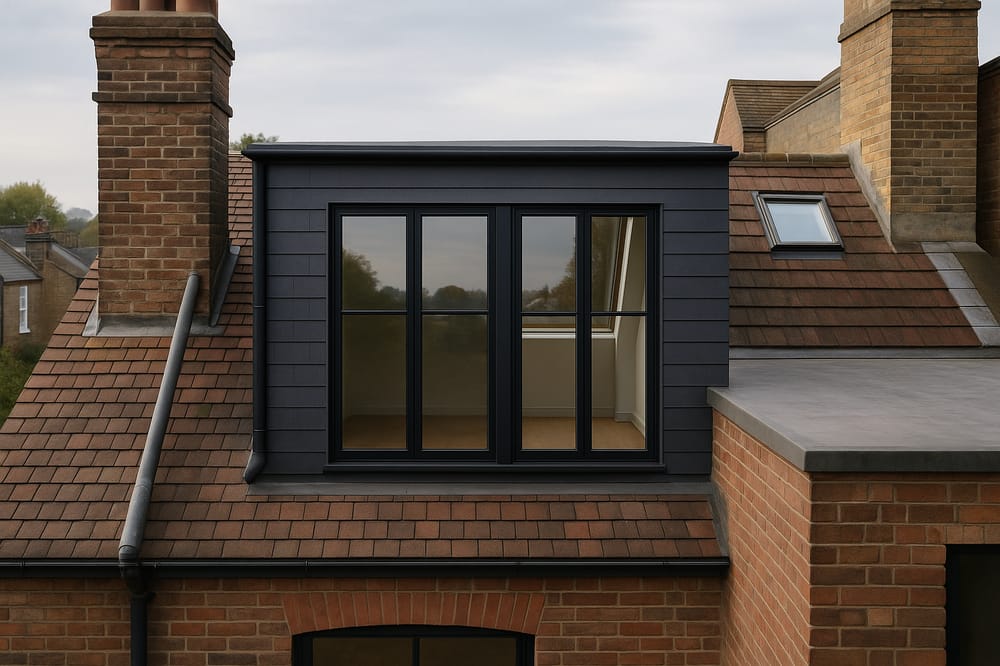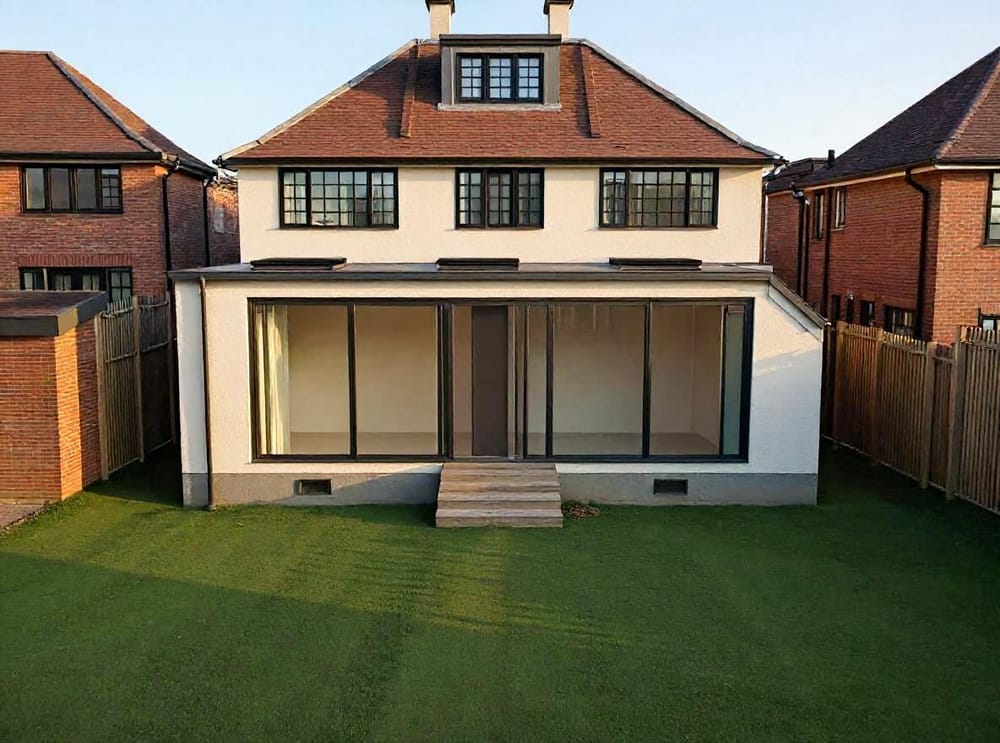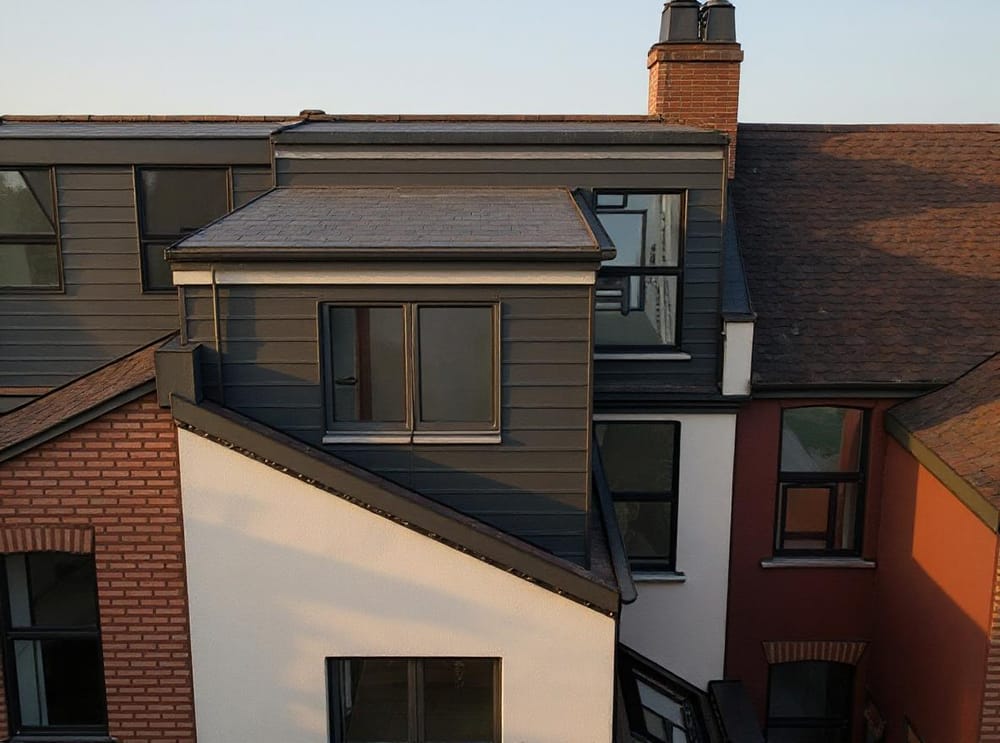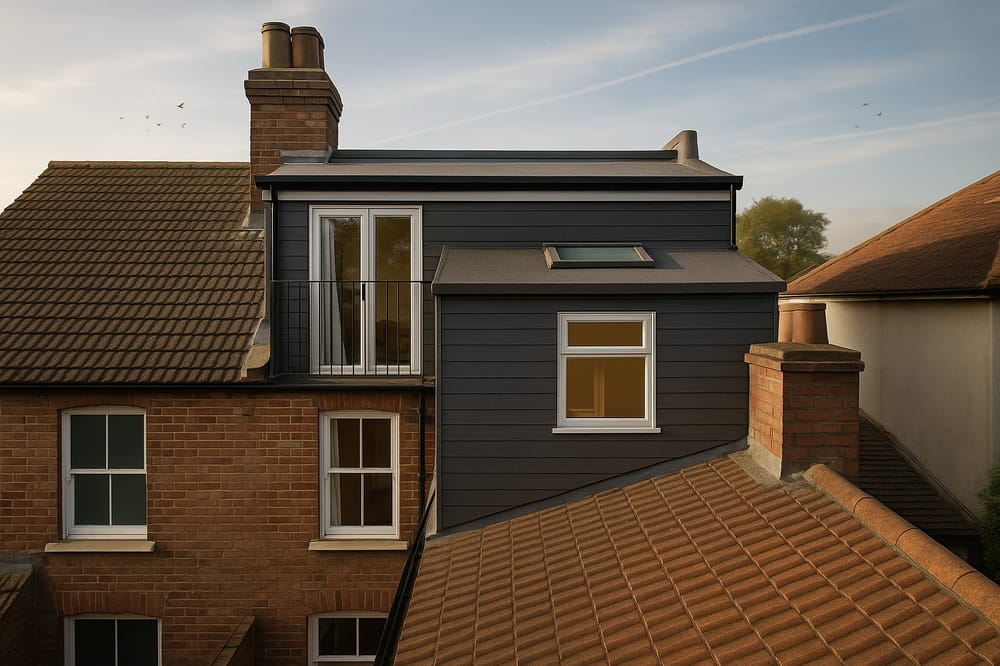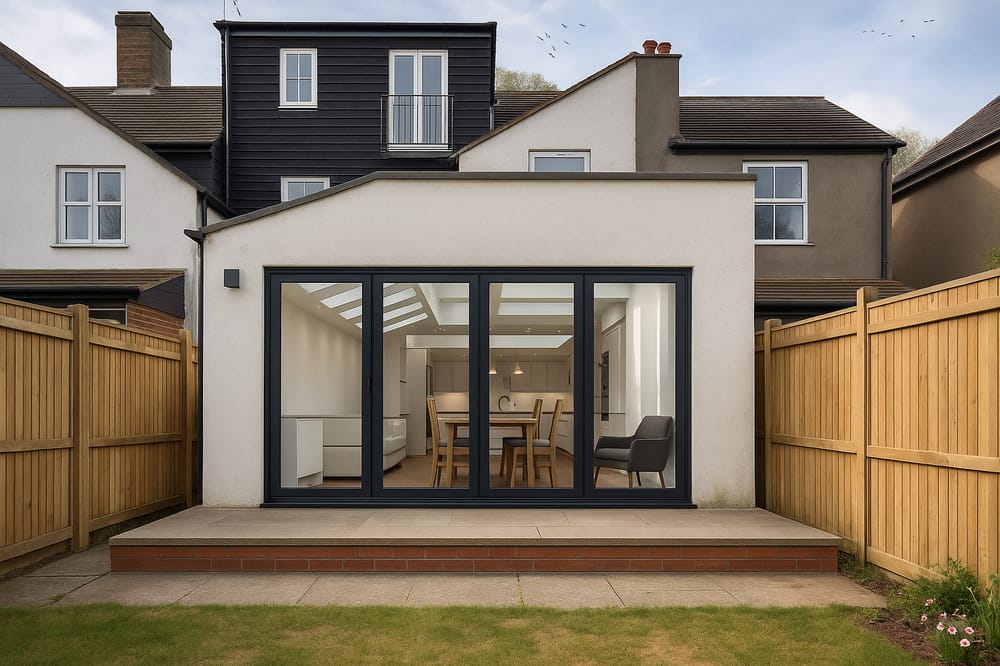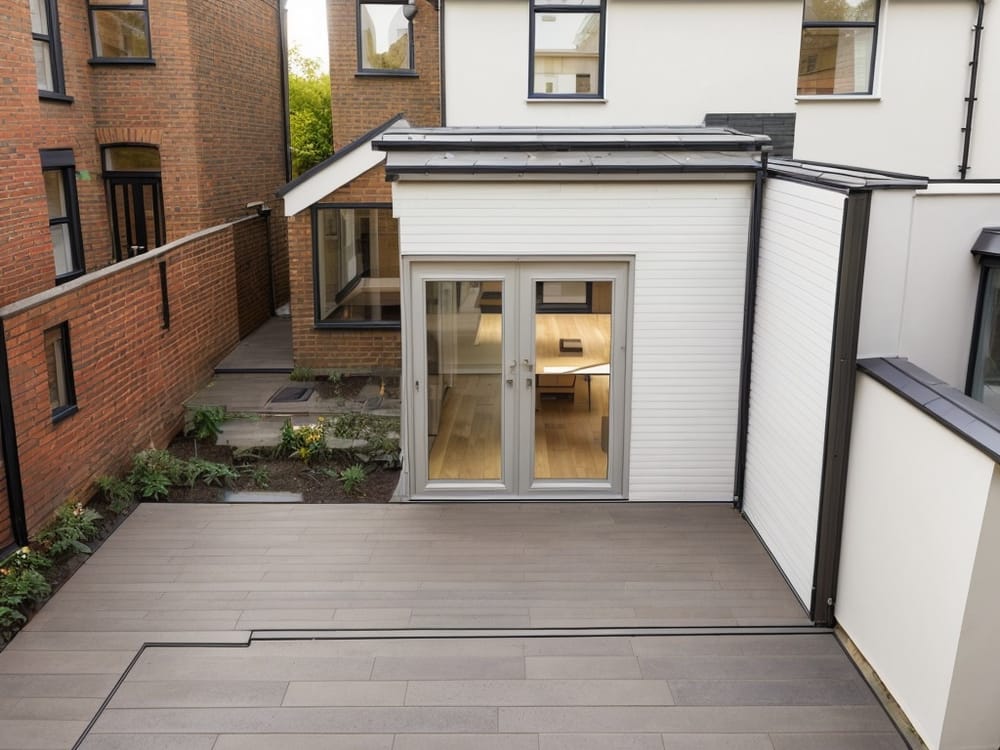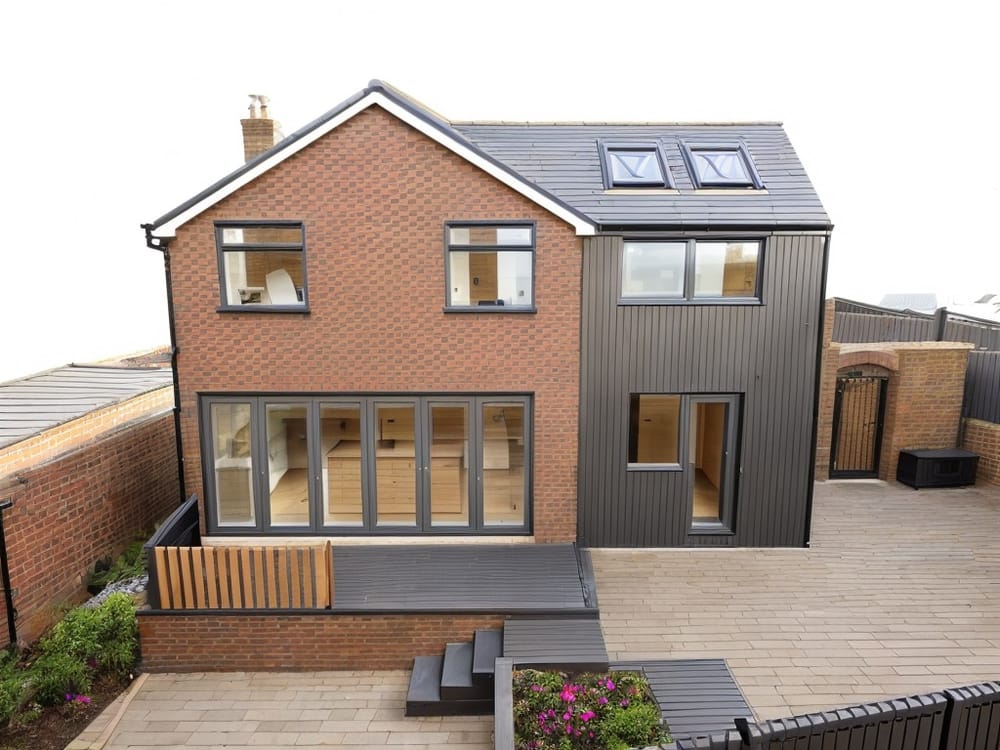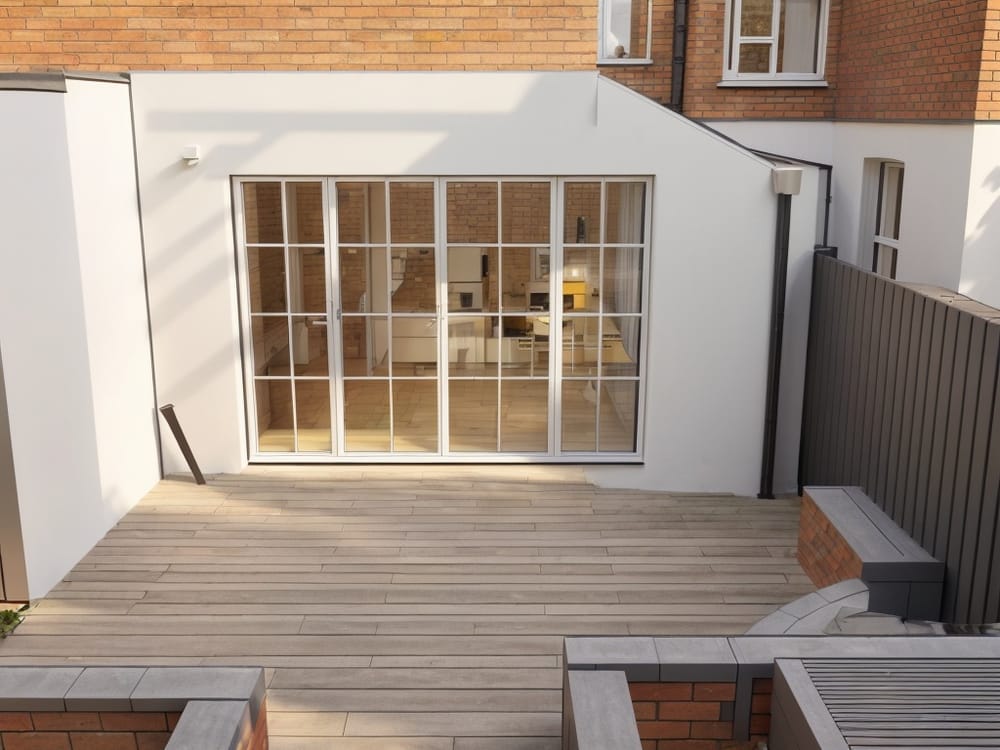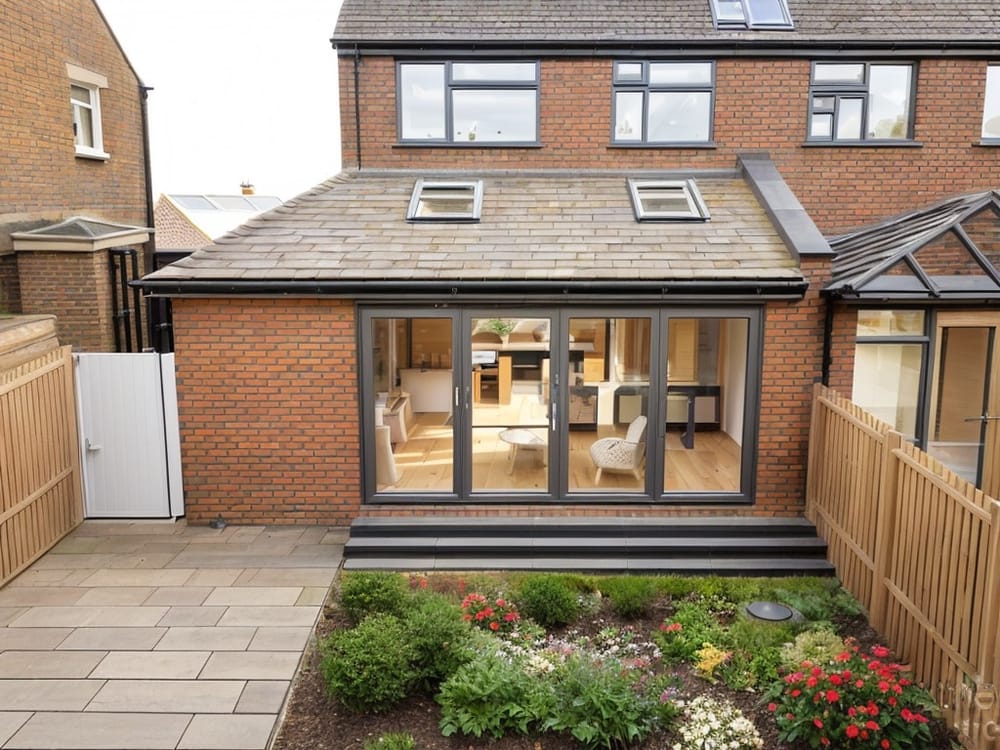With energy prices at a record high and more potential rises possible in the months to come, now is a good time to start thinking about the energy efficiency of your home. As well as helping you to reduce energy bills, it could also help you lower your home’s carbon emissions.
This article aims to give you all everything you need to make your home more energy efficient from evaluating its current performance to tips to optimise energy use. We’ll also talk about the grants and financial resources available to make these changes.
What does energy efficiency mean?
Energy efficiency is not to be confused with energy savings. The principle of energy efficiency is to use less energy for the same quality of service, whereas energy savings are the gains obtained by reducing your energy consumption.
The purpose of energy efficiency is simply to reduce energy consumption while maintaining satisfactory conditions of use and comfort. It is therefore a question of consuming less - but, above all, better.
As an example, energy-efficient lighting has been revolutionised by light-emitting diodes (LEDs) and compact fluorescent lights (CFLs). These consume much less energy while providing the same level of illumination as conventional incandescent bulbs. A fluorescent lightbulb uses less energy while producing the same amount of light as an old-style light bulb. These are energy-efficient innovations.
To put it simply, something is energy efficient if it consumes less energy while performing equally as well as its conventional or traditional equivalent.
Energy-efficient improvements or measures can be undertaken in any aspect of life, but they are particularly relevant in the following sectors or industries:
- Construction industry (residential or collective housing, urbanisation, equipment...),
- Transportation (private vehicles, public transport, freight),
- General industry (goods and services).
How is energy efficiency calculated?
In physics, the notion of energy efficiency is defined by the ratio between the level of useful energy that the system delivers and that of the energy consumed.
The energy efficiency of a device such as a refrigerator or heat pump can be calculated using the following formulas:
- energy efficiency = useful output energy / total input energy
- energy efficiency = useful power output / total power input
Although this mathematical clarification is interesting, what is the relevance for daily life? There are two simple ways of calculating the energy efficiency of your home. You can either use a home energy calculator or ask for a domestic EPC assessment.
1. Home energy calculators
Using an online energy calculator is one approach to determining the energy efficiency of your home, be it a house or an apartment. Although the results should be taken with a pinch of salt, a home energy checker is a helpful initial indicator of whether your home needs to be improved for better energy efficiency.
Just make sure the calculator you have chosen to use is independent. On their websites, many energy assessors offer free calculators that are intended to attract and drum up new business.
We advise you to try and find a website that isn't trying to sell you anything, such as the Energy Check on the website of the Energy Saving Trust.
An energy calculator provides a general overview rather than a thorough analysis. Some people are unaware of the insulation level in their walls or whether they have solid or cavity walls. This can cause individuals to input inaccurate data into the calculator and get unsuitable recommendations.
Don’t forget that an energy calculator offers extremely generic guidance that is not specific to the building and could therefore be incomplete.
2. EPC Ratings
Another way of calculating the energy efficiency of your home is to have a domestic EPC Assessment. This will give you a way more accurate result than a home energy calculator and will provide you with an “EPC” for your home.
An Energy Performance Certificate (EPC) is a mandatory real estate diagnosis giving an insight into the energy efficiency of a property. The rating you get is valid for ten years. To put it simply, the higher your EPC, the lower your energy emissions per square metre, and the more you save on your bills!
The EPC aims to assess the amount of energy and greenhouse gas consumed or released by a home.
If the property you own has been put up for sale or let, or modified in the last 10 years, then it will likely be legally required to have an EPC. The initiative to carry out an EPC belongs to the seller of the property or the lessor.
The energy diagnosis must be integrated into the real estate technical diagnosis file. It must be annexed:
- to the promise to sell or to the deed of sale, if you are selling your property.
- to the rental lease, if you are letting your property.
When the seller or lessor makes a real estate announcement for the sale or rental of their property, said announcement has to mention the energy performance scale of the home (A to G) and display the energy label (see image below).
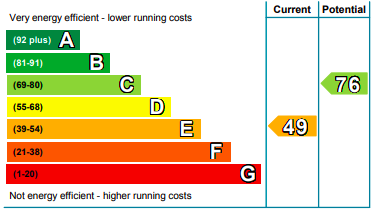
If you want to know more on EPCs, you can read through our dedicated article here.
Thanks to the 2018 MEES regulation, as a landlord you cannot sell or let a home with an EPC rating below E as of April 2020. MEES stands for Minimum Level of Energy Efficiency Standard.
This means that if your property has a F or G grade, you will have to undertake energy-efficiency renovation works. If you cannot improve your property to EPC grade E for £3,500 or less, you should make all the improvements that can be made up to that amount. You will then have to register an “all improvements made” exemption.
Can’t wait to find out what your EPC grade is? If you live in the UK, all you need to do is enter your postcode on this government website. If you live in Scotland, you’ll need this website.
How to improve the energy efficiency of your home?
Take a closer look at the appliances in your home
Inflation is more than ever tangible and is reflecting itself on prices of raw materials whose rise has its proper impact on your monthly energy bills. An easy way to reduce your energy bills is to have a proper look into the energy consumption of your appliances and devices - and consider changing them.
You can check the energy efficiency label on all of the appliances of your home to examine how efficient they are. These labels have been recently modified to make them easier to read. The new rating ranks products from A to G with A being the most efficient and G the least.
In the UK, there are seven different types of energy efficiency labels. You will find them on freezers, refrigerators for storing wine and regular ones, washers, dryers, dishwashers, TVs and other electronic displays, and light fixtures.
The 'ENERGY' sign and UK flag at the top will help you identify them. The labels are made up of four sections:
- The model identification and supplier's name are displayed in the first section.
- The real energy efficiency rating is displayed in the second section (from A to G)
- The third section displays the annual energy use of the device in kWh.
- The final section displays details relevant to the type of appliance.
Find out more on the Energy Label 2020’s website. Here is an example for washing machines and freezers below.
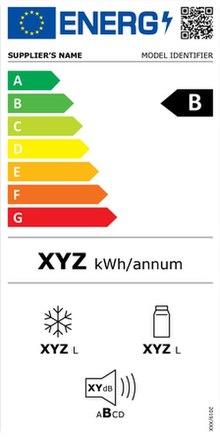
You might not want to change your appliances just because they have a poor grade, but it’s good to keep in mind the existence of these labels for the time when you will need to replace a defective appliance.
Other ways to reduce your energy bills
Aside from changing your appliances for more energy efficient ones, there are several other ways to make your home more environmentally friendly and save on energy :
- As hot air rises, about 25% of a home's heat escapes via the roof. As a result, you should start looking at loft insulation that is at least 270mm thick. It can cost between £455 and £640, depending on whether your house is terraced or detached. You can also do it yourself to save labour costs : you will need to use rolls of mineral wool material and place them in between the joists of your loft. The savings you can expect range between £330 and £590 a year, according to the Energy Saving Trust.
- Double glazing is essential, especially when making modifications within the home that may be undercut by windows that allow heat to escape. While triple glazing is efficient, it may not be essential and would only have a little impact on your EPC rating.
- Similarly, the quantity of heat that escapes may be affected by wall insulation, exterior insulation, cladding, and windows. Think about asking a house renovation expert for their advice.
- Last but not least, don't forget to check how the entire house is ventilated as there may be duplicate vents. Fans and extractors might cause leaks. Since passive ventilation is crucial, that is to say not using mechanical systems, we recommend that you utilise trickling vents with windows.
And if you don’t want to spend too much right now but would still like to actually do something to help the environment, read our article on the best ways to make your home more eco-friendly on a budget.
What energy efficiency grants can you apply for?
Improving the energy efficiency of your home will require some investment. Remember that you will be saving money in the long run, and that the upgrades made will pay for themselves within a few years.
The good news is that the UK government and energy suppliers provide a wide range of grants and subsidies to improve energy efficiency. We have listed below all the available energy grants. You will see that each one addresses a specific need or situation.
1. Boiler Upgrade Scheme
This Boiler Upgrade Scheme gives subsidies to those who install a low-carbon heating system instead of gas or fuel oil heating. Selected applicants will receive grants of up to £6,000 for the cost of the installation project.
2. The Feed-in Tariffs (FIT) scheme
For your perfect information, this scheme is now closed to new applicants. However, Feed-in tariffs (FIT) were developed by the government to promote the adoption of low-carbon, renewable electricity generation. Once accredited, your facility receives a fee based on a number of factors. Prices can be found under "Publications and Updates" here.
3. The Smart Export Guarantee (SEG)
The SEG was launched on January 1, 2020 for households that have electricity generating equipment. It’s a government-backed initiative that asks some electricity providers to pay small-scale generators (SEG Generators) for low-carbon electricity which they then send back to the National Grid, provided that a list of criteria is met.
4. The Warm Home Discount scheme
The Warm Home Discount scheme is an annual discount of £140 on your electricity bills. It was designed for those struggling to face their winter energy costs. Plans have been announced to increase it from £140 to £150, allowing 3 million households to benefit from it starting in Autumn 2022.
5. The Winter Fuel Support scheme
If you were born on or before the 26th of September 1955, you are likely to be eligible for Winter Fuel Payments. Payments from between £100 to £300 will help you pay for your gas or electric heating during the winter.
6. Cold Weather Payment
Cold Weather Payments are paid to households receiving eligible benefits. In order to be eligible to recieve a cold weather payment, the average temperature where you live must be recorded or forecast at 0°C or below for seven consecutive days. If you are eligible, you will receive £25 for each seven-day period between 1 November and 31 March.
7. Child Winter Heating Assistant
Child Winter Heating Assistance is a benefit that was introduced by the Scottish Government. It is intended to help__ disabled children and young people__ and their families cope with increased heating costs over the winter. It is paid once a year and the amount paid for the winter of 2022-2023 is £214.10.
8. Energy Company Obligation
The Energy Company Obligation (ECO) is a government energy efficiency scheme in Great Britain to address fuel poverty and encourage lower carbon emissions. With ECO, medium and larger energy providers finance the implementation of energy efficiency measures in British households.
9. Insulation grants
A proper insulation will keep your home cosy and help reduce your energy bills. For loft insulation (270mm) you may receive between £135 and £250 a year. For floor insulation, you can expect between £30 and £75 a year, and for cavity wall insulation, the amounts will range from £85 to £280 a year.
10. Green Deal
The Green Deal can help you find the best way to afford energy-saving improvement works. Insulation, heating, draught-proofing, double glazing or renewable energy generation are some relevant examples of what this subsidy covers.
11. Nest in Wales
The Welsh Nest scheme provides a package of free home energy efficiency upgrades such as a new boiler, central heating, insulation, or solar panels for eligible households.
12. HEEPS in Scotland
If you live in Scotland, HEEPS offers a variety of schemes to support people struggling to pay for their fuel bills or to keep their homes warm.
Aside from those government energy grants, many energy companies offer programmes and subsidies to help pay for heating and utilities in your home. Citizens Advice has listed all the grants you can get from some of the leading providers in the country.
You can also request to be added to your supplier's Priority Services Register.
Read our dedicated article to get more detailed information on the energy efficiency grants and subsidies that exist in the UK.
To sum it up
There are lots of ways one can reduce the energy consumption of a home. By changing old appliances to installing better insulation, there are many courses of action you can pursue.
The good news is that the government and energy suppliers have introduced several grants, subsidies and programmes to make this ecological and economical change more affordable. And bear in mind that investing in energy efficiency won’t undermine your comfort, quite the opposite with double glazing for example. At the end of the day investments pay for themselves in savings.
Start by evaluating the score of your home - with a home energy calculator or by checking your EPC grade. And then see what actions you can undertake to improve this score.
Resi’s team of experts will be happy to accompany you throughout the process of transitioning to a more energy-efficient home. Get a quote today.



